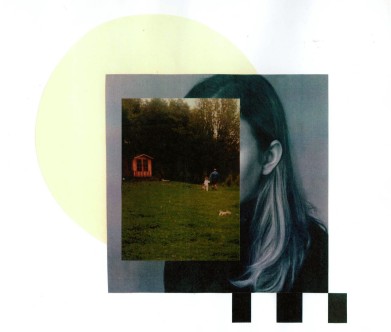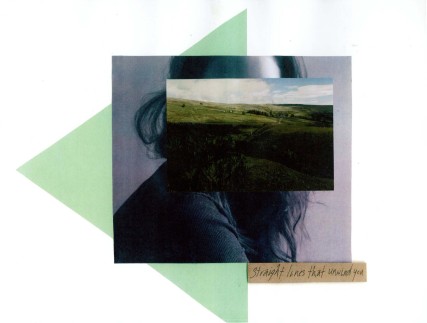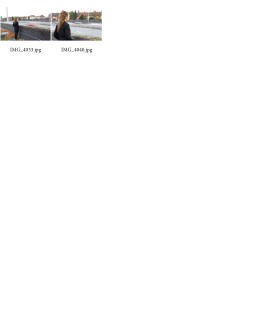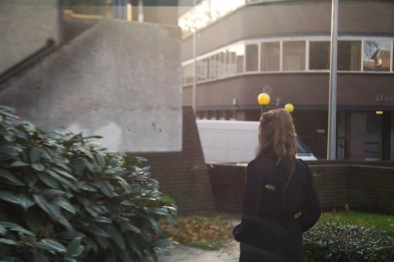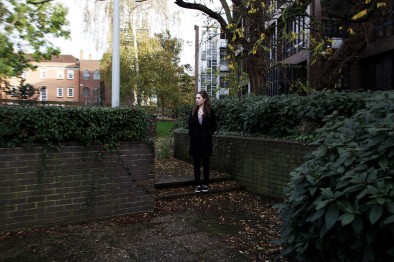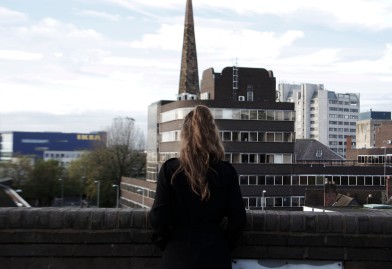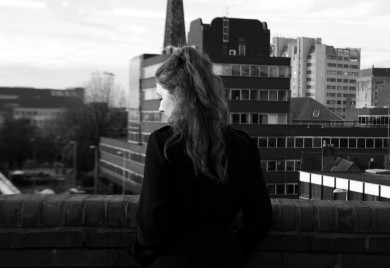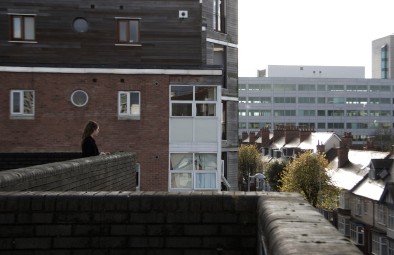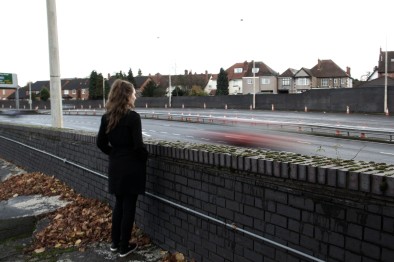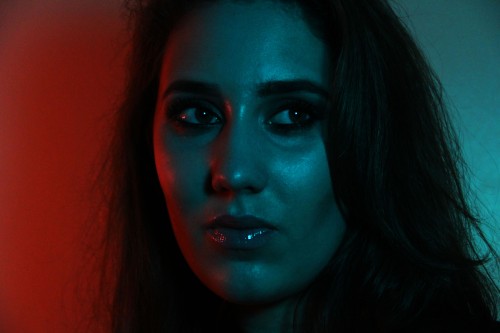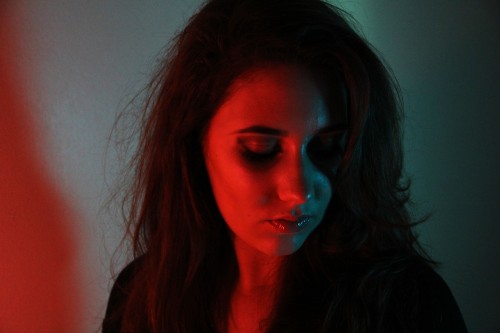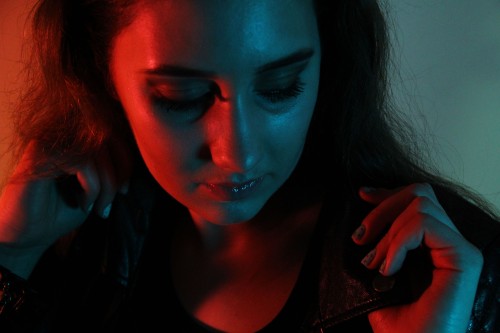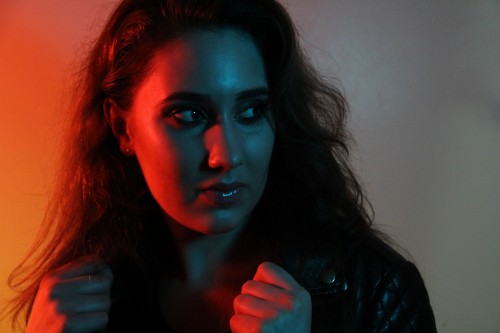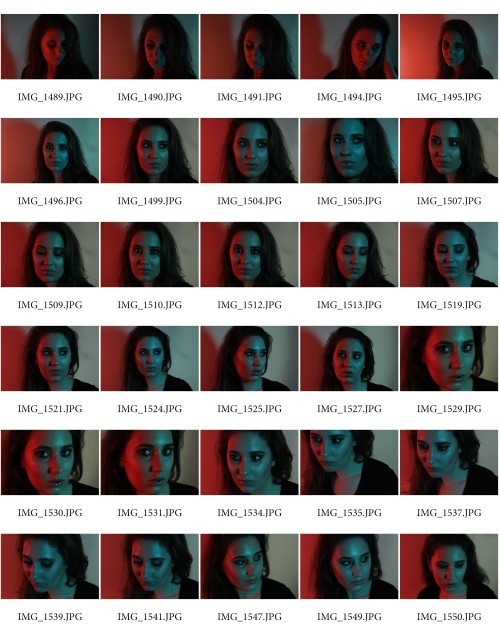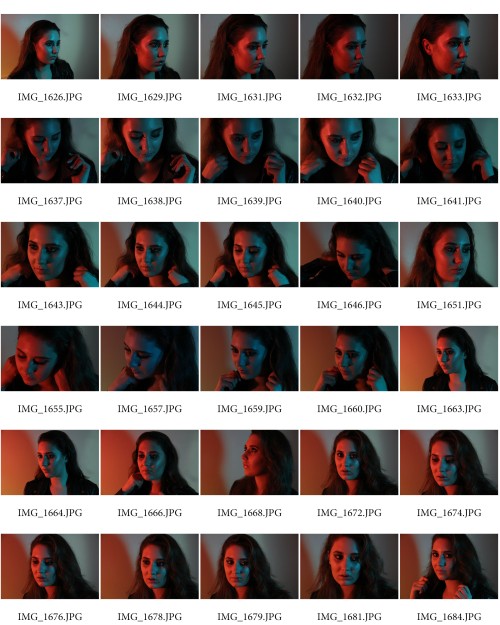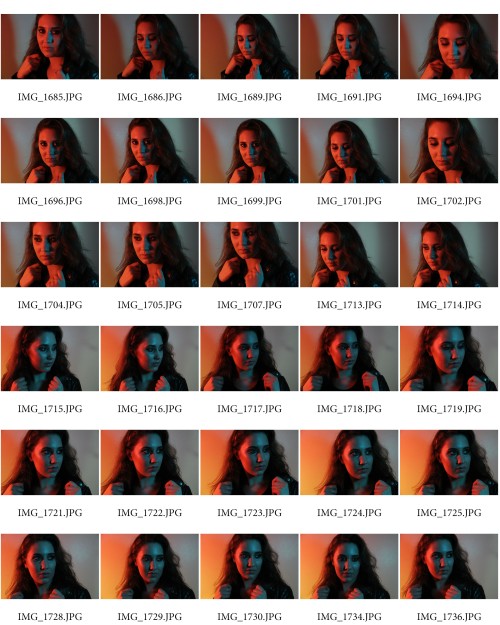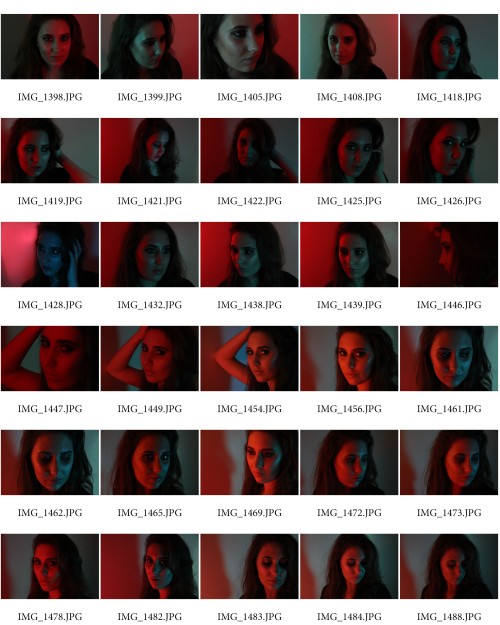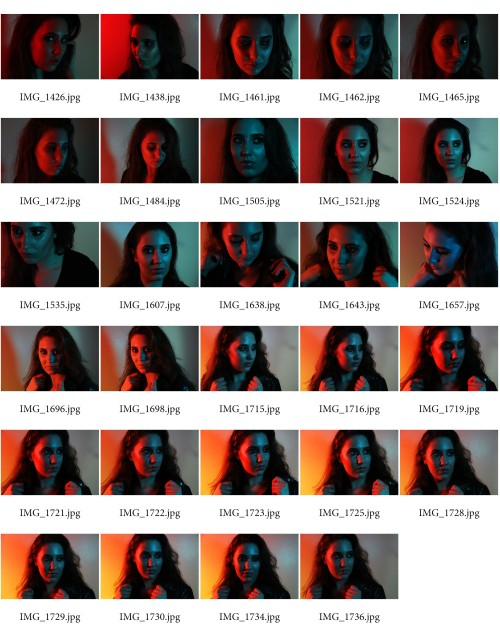Artist Research – William Christenberry.
Having already looked at deer beds by Katherine Wolkoff and Lick Creek Line by Ron Jude, someone suggested I look at William Christenberry’s work.
William Christenberry is a photographer, painter and sculptor who works with personal and somewhat mythical themes growing out of his childhood experiences in Hale County, Alabama. He uses material to create his work that speak about the place of his childhood. during his career he began making annual visitis to Hale County each summer to explore and make photographs. On one occasion in 1973, Walker Evans, who had encouraged Christenberry to take his photographs seriously, accompanied him.
His work mainly consists of the vernacular buildings of the American south – wooden churches, shacks, houses, storefronts. The motivations behind his collections of work are things such as his family history and the importance of it to him, and the deep attachment he has to the places where he photographs, which are clearly shown through his repetition of going back to the same spots. Like my own work, Christenberry’s work shows no human figures but it is everything inside the photograph that creates this sense of attachment and presence of something that was once there before.

In terms of style, every photographic is very minimalistic, the layouts of each image are almost identical, reiterating the move of repetition in his work. This layout and style reminds me a lot of the topographic movement and the likes of Bernd and Hills Becher’s work. Using colour film creates this sense of the pictures being a time capsule of that era, you can quite clearly see the images are taken with the 60’s and 70’s era. This is something I need to think and consider about in terms of my work, by using colour, will it represent the time the image was taken in or will using black and white images create more connotations of the history of the buildings as we usually associate black and white photographs with history and the past.

